Home>Ideas and Tips>Floating Vanity Installation Modern Bathroom Upgrade
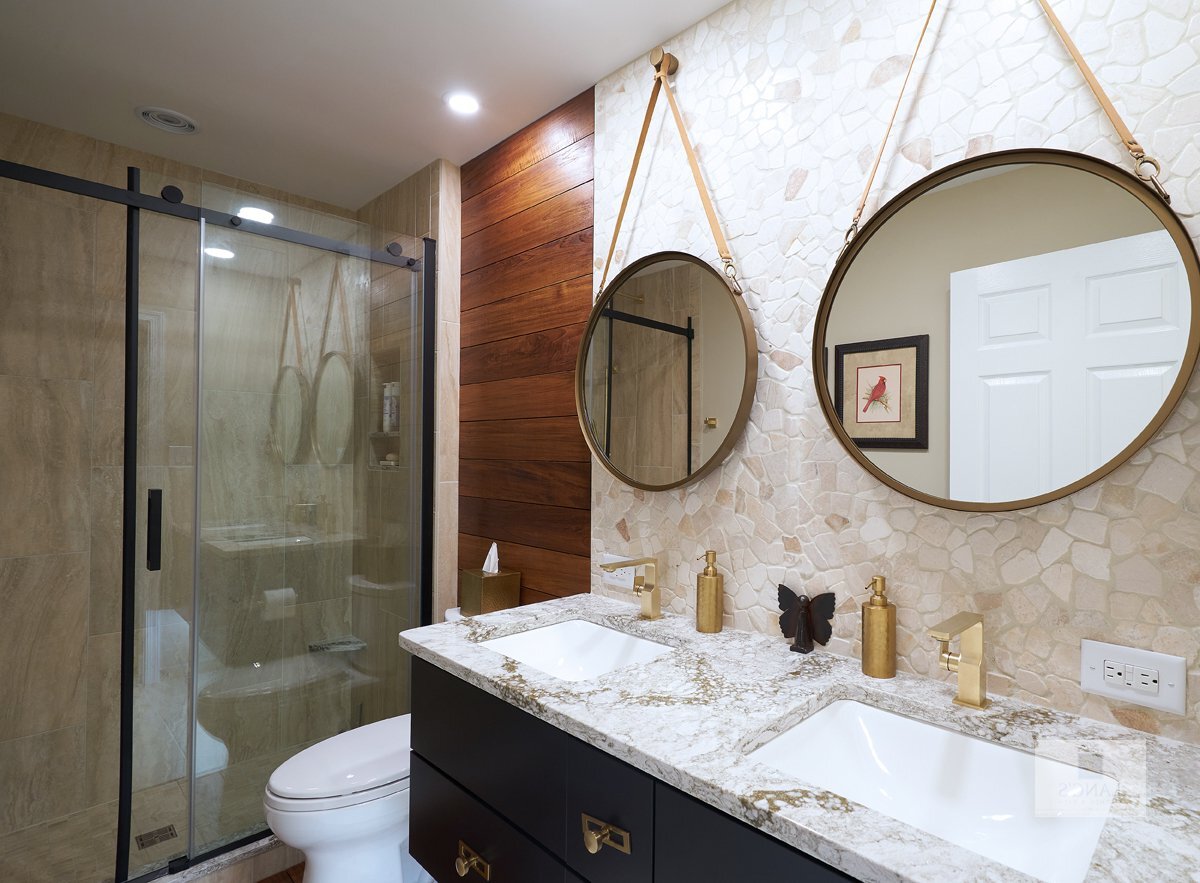

Ideas and Tips
Floating Vanity Installation Modern Bathroom Upgrade
Modified: October 27, 2024
Learn how to install a floating vanity for a modern bathroom upgrade. Enhance space, style, and functionality with our step-by-step guide.
(Many of the links in this article redirect to a specific reviewed product. Your purchase of these products through affiliate links helps to generate commission for Storables.com, at no extra cost. Learn more)
Introduction
Upgrading your bathroom can be a game-changer, and one of the most impactful changes you can make is installing a floating vanity. This modern design not only enhances the aesthetic appeal of your bathroom but also offers practical benefits like increased space and easier cleaning. So, how do you go about installing a floating vanity? Let's dive right in.
Read more: How Do You Install A Floating Vanity
Choosing the Right Height
The height of your vanity is crucial for both functionality and aesthetics. Most vanities now come in three standard heights: 34 inches, 36 inches, and 41 inches. The recommended height of 36 inches is the common standard today, with anything higher being seen as a significant upgrade.
However, if you're looking to create a more spacious appearance, you can mount your vanity slightly higher. This can be especially beneficial in smaller bathrooms where every inch counts. However, it's essential to ensure that the height is comfortable enough for all users, as a vanity that is too high can be impractical.
Planning Your Installation
Before you begin your installation, it's crucial to plan carefully. Here are the steps you should follow:
-
Measure Your Space: Measure the area where you plan to install the vanity. Ensure that you have enough space for the vanity and any additional components like drawers or shelves.
-
Locate the Studs: Use a stud finder to locate the wall studs. This is essential for securing the vanity brackets to the wall.
-
Choose Your Vanity: Select a vanity that fits your needs and budget. Consider factors like material, design, and storage space.
-
Gather Materials: Make a list of all the materials you'll need, including the vanity itself, brackets, anchors, screws, and any additional hardware.
Installing the Vanity
Step 1: Prepare the Area
Before you start installing the vanity, clear the area of any debris or obstructions. If you're replacing an old vanity, remove it carefully to avoid damaging the surrounding surfaces.
Read more: What Is A Floating Vanity
Step 2: Mark the Wall
Using a level and a pencil, mark the spot where you want to install the vanity. Ensure that the mark is level and aligned with the surrounding surfaces.
Step 3: Locate the Studs
Use a stud finder to locate the wall studs behind your marked spot. This is crucial for securing the vanity brackets to the wall.
Step 4: Install the Brackets
Install the vanity brackets according to the manufacturer's instructions. If your studs don't line up with the brackets, you may need to use anchors or additional supports to secure the vanity.
Step 5: Mount the Vanity
Carefully lift the vanity and place it onto the brackets. Ensure that it is level and secure before tightening the screws.
Step 6: Add Additional Supports
If necessary, add additional supports like plywood or railings to ensure that the vanity is securely anchored to the wall. This is particularly important for heavy vanities that require extra stability.
Step 7: Install the Countertop
Once the vanity is securely in place, you can install the countertop. Apply clear silicone around the edges of the countertop to ensure a secure fit. Carefully place the countertop onto the vanity, ensuring that it is level and even.
Practical Benefits of Floating Vanities
Increased Space
One of the most significant benefits of floating vanities is that they create the illusion of more space in your bathroom. By mounting the vanity off the floor, you expose more of the floor area, making your bathroom feel larger and more spacious.
Read more: How To Hide Pipes Under Floating Vanity
Easier Cleaning
Floating vanities are simpler to clean because there are no nooks and crannies around the base of the vanity. This makes it easier to maintain a clean and hygienic environment in your bathroom.
Customizable Height
Floating vanities can be installed at various heights, allowing you to customize the installation according to your needs. This flexibility makes it easier to find a height that is both aesthetically pleasing and functional.
Streamlined Design
Floating vanities are often designed in modern, minimalist styles. They include pre-organized cabinets that keep everything tucked away, ensuring that your counters stay clean and your bathroom looks neat.
DIY Floating Vanity Installation
If you're looking to save money and add a personal touch to your bathroom, consider installing a floating vanity yourself. Here’s a step-by-step guide:
-
Measure & Mark: Measure the area where you plan to install the vanity and mark the spot with a pencil. Use a level to ensure that the mark is level and aligned with the surrounding surfaces.
-
Find & Mark Studs Location: Use a stud finder to locate the wall studs behind your marked spot. Mark these locations with a pencil.
-
Install a Wooden Cleat: Cut a wooden cleat (usually 1×4 or 1×6 lumber) to fit between the studs. This will serve as a mounting point for your vanity.
-
Mount the Top & Connect Water Supply: Place the vanity top onto the cleat and connect the water supply lines to the sink.
-
Install Additional Supports: If necessary, add additional supports like plywood or railings to ensure that the vanity is securely anchored to the wall.
-
Add the Front Apron: Attach the front apron of the vanity, ensuring that it fits snugly and is level.
Conclusion
Installing a floating vanity is a great way to modernize your bathroom while enhancing its functionality and aesthetic appeal. By following these steps and considering practical benefits like increased space and easier cleaning, you can create a beautiful and functional bathroom that meets all your needs. Whether you choose to hire a professional or go the DIY route, a floating vanity is an excellent choice for any bathroom upgrade.
References:
- https://www.reddit.com/r/Renovations/comments/17ecevb/how_high_is_your_vanity_i_just_installed_a/
- https://www.thewoodgraincottage.com/2019/07/30/how-we-installed-our-floating-vanity/
- https://www.youtube.com/watch?v=y_JuNDD00YE
- https://405cs.com/modern-floating-bathroom-vanity-designs-enhancing-space-and-style/
- https://www.remodelandolacasa.com/2022/03/diy-floating-bathroom-vanity.html
Was this page helpful?
At Storables.com, we guarantee accurate and reliable information. Our content, validated by Expert Board Contributors, is crafted following stringent Editorial Policies. We're committed to providing you with well-researched, expert-backed insights for all your informational needs.
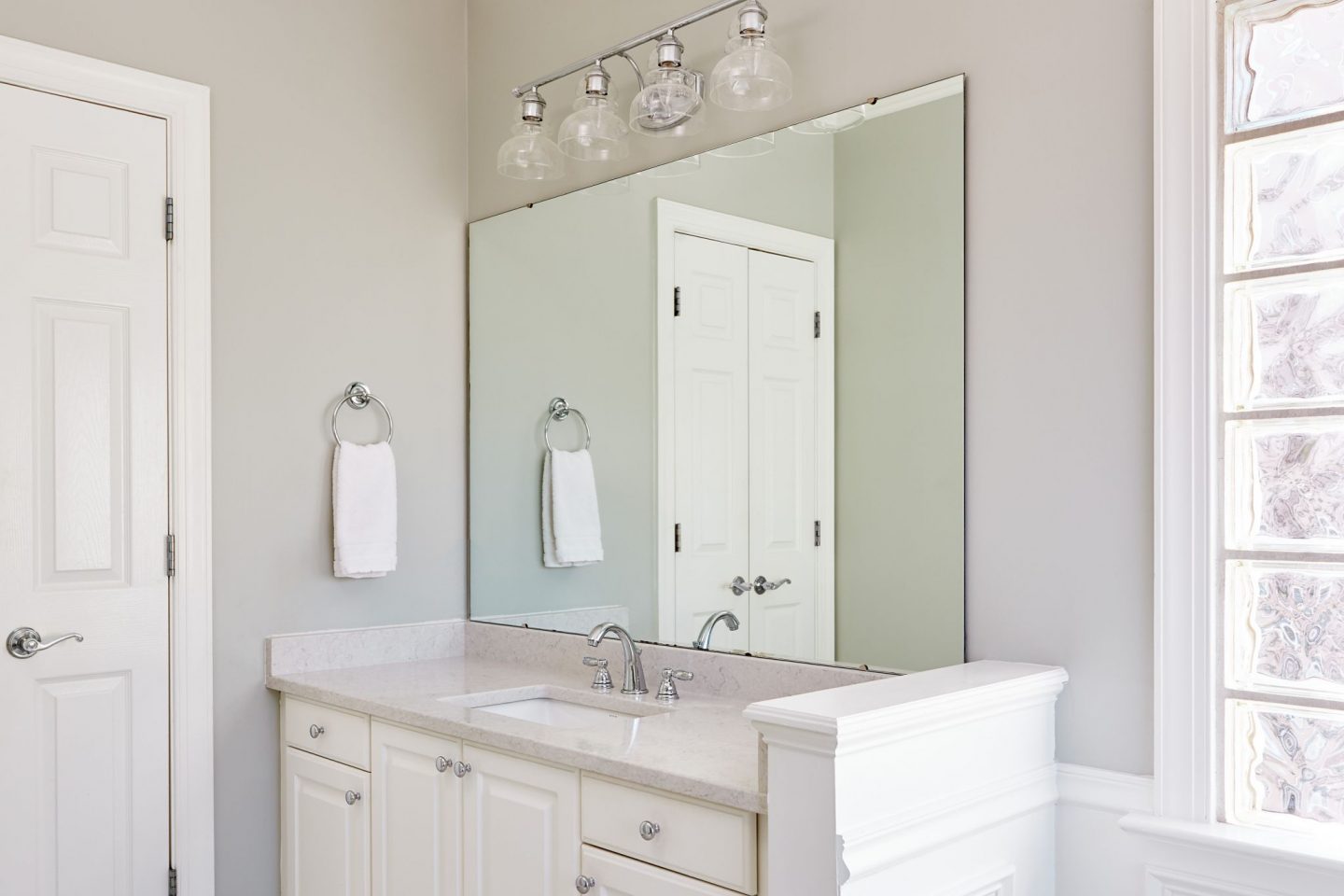
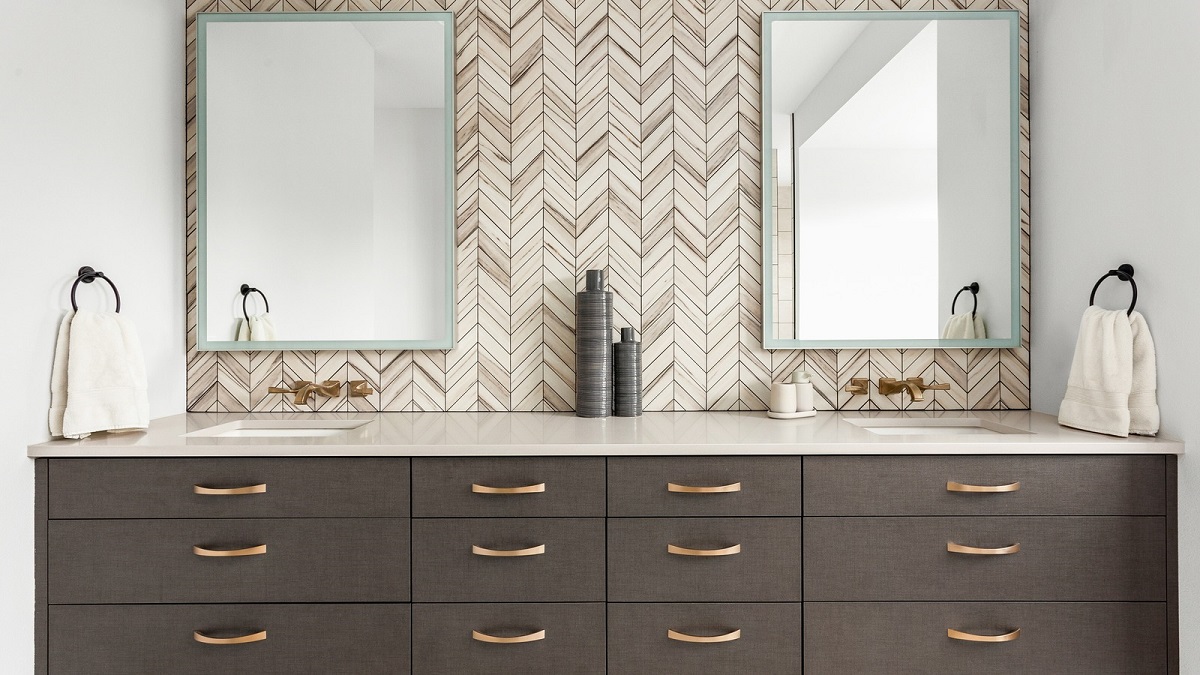
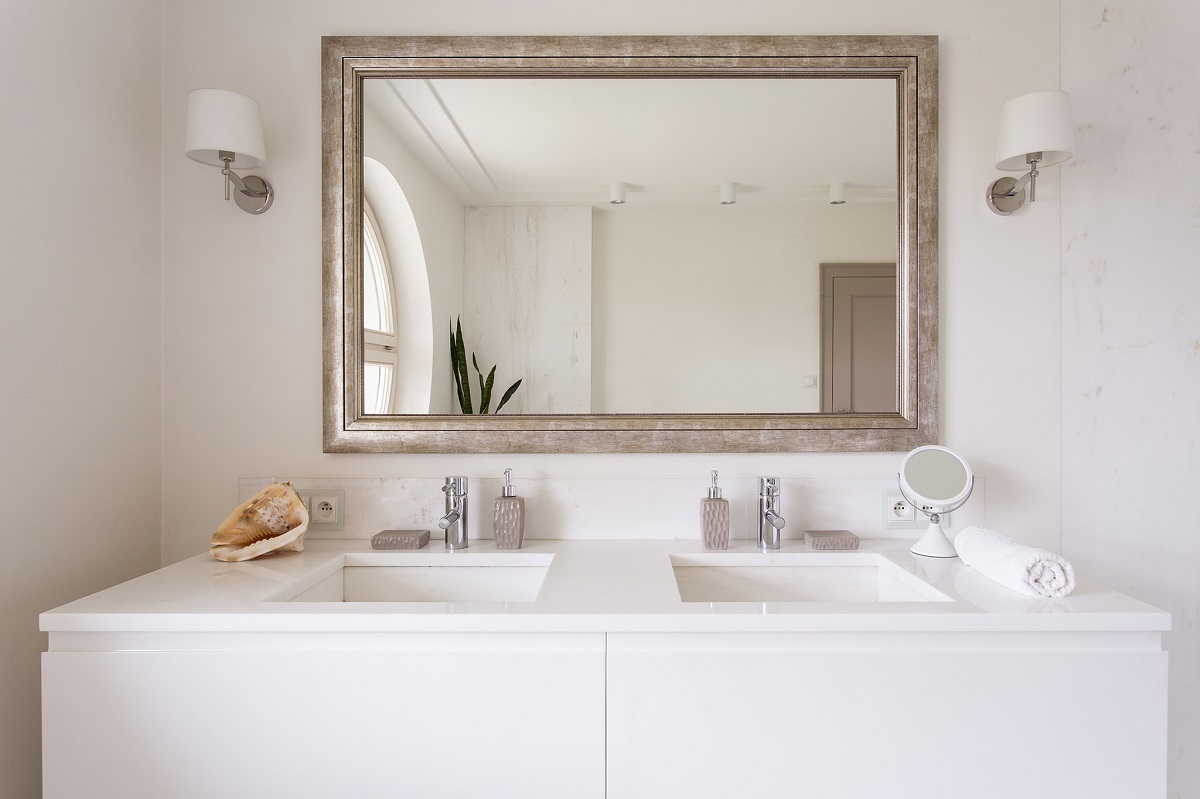
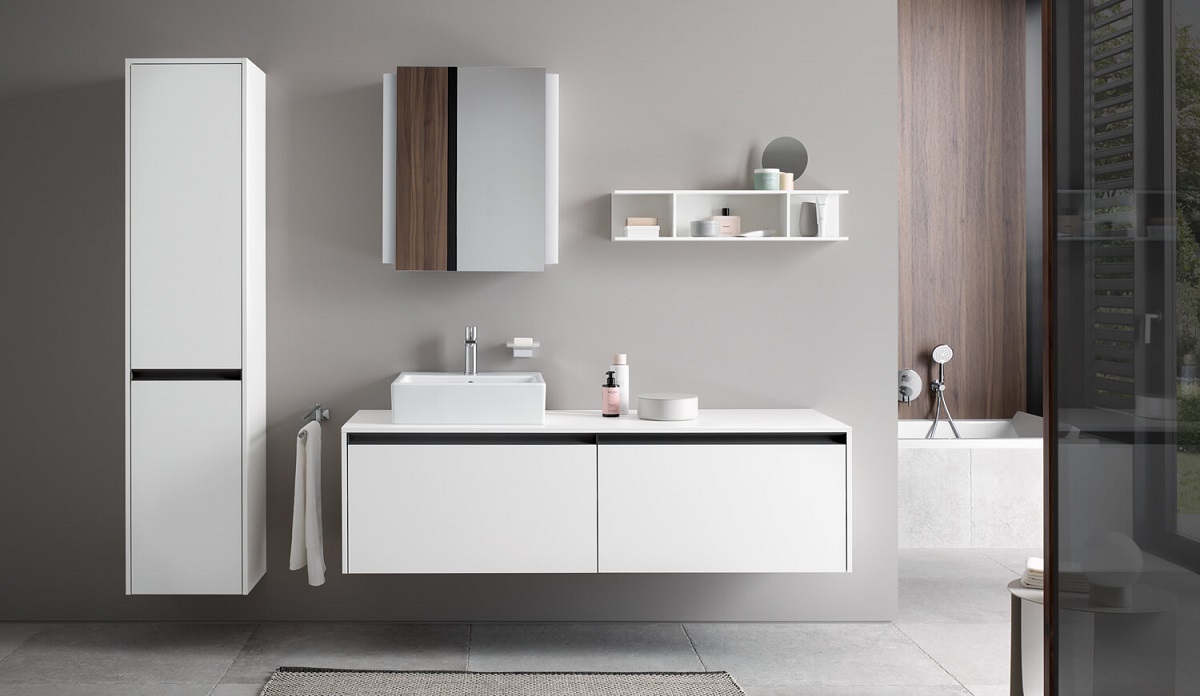
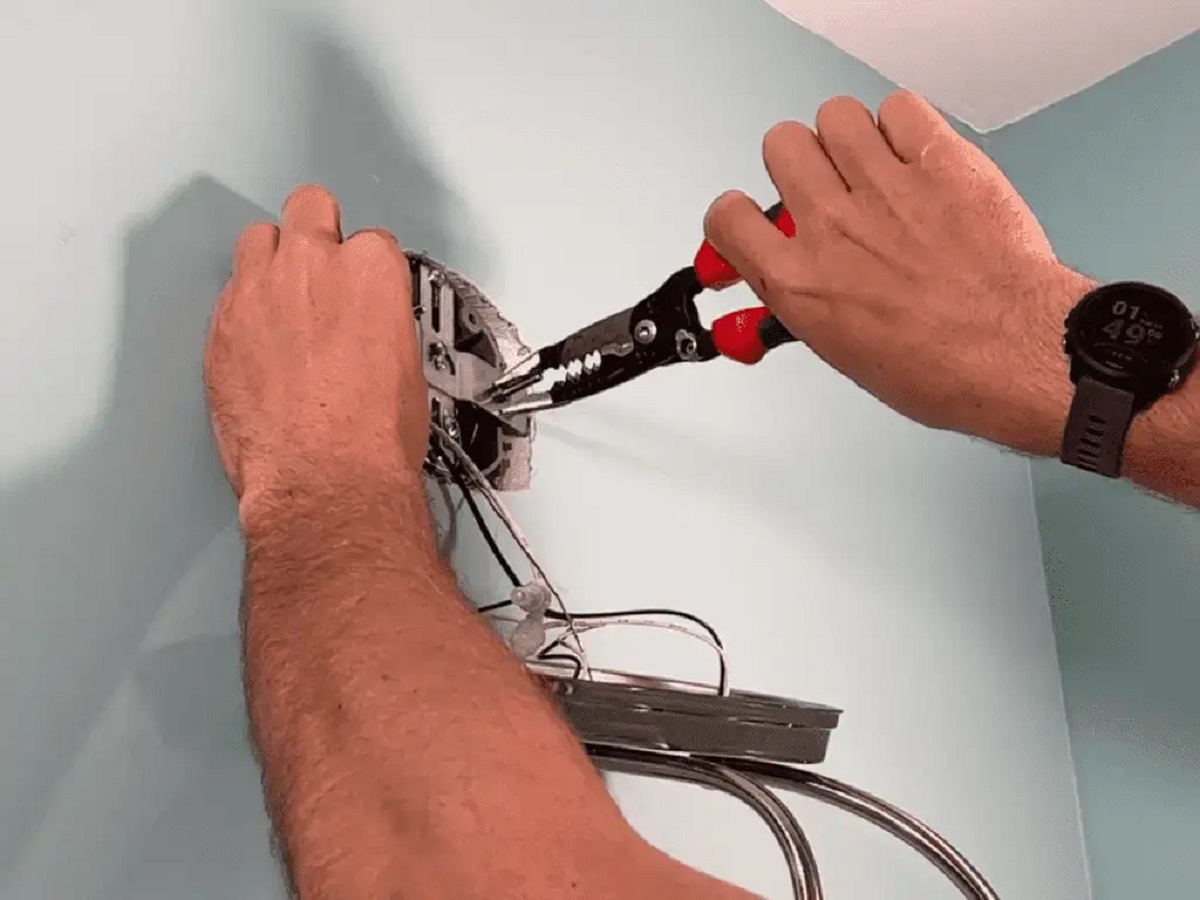
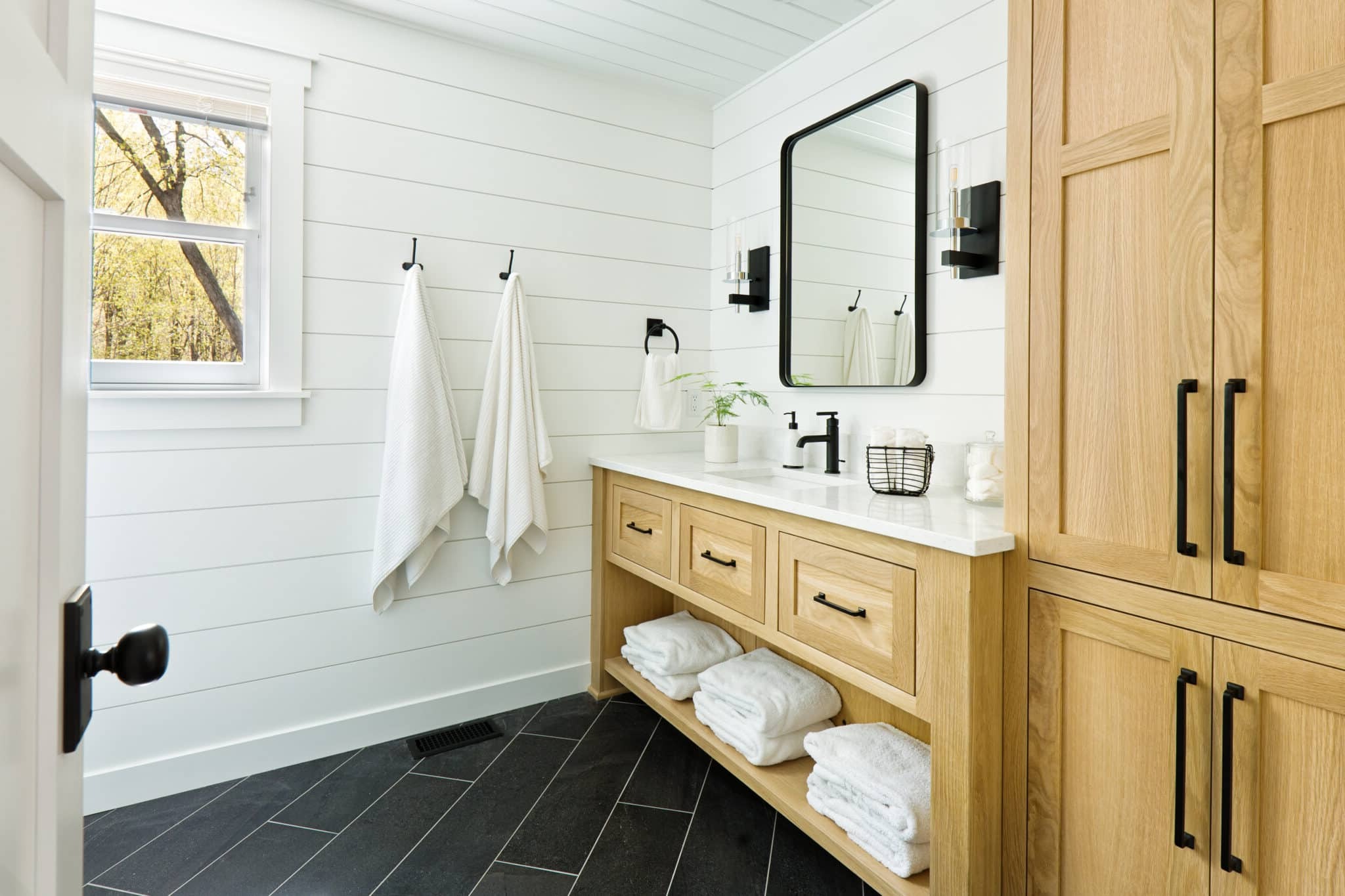
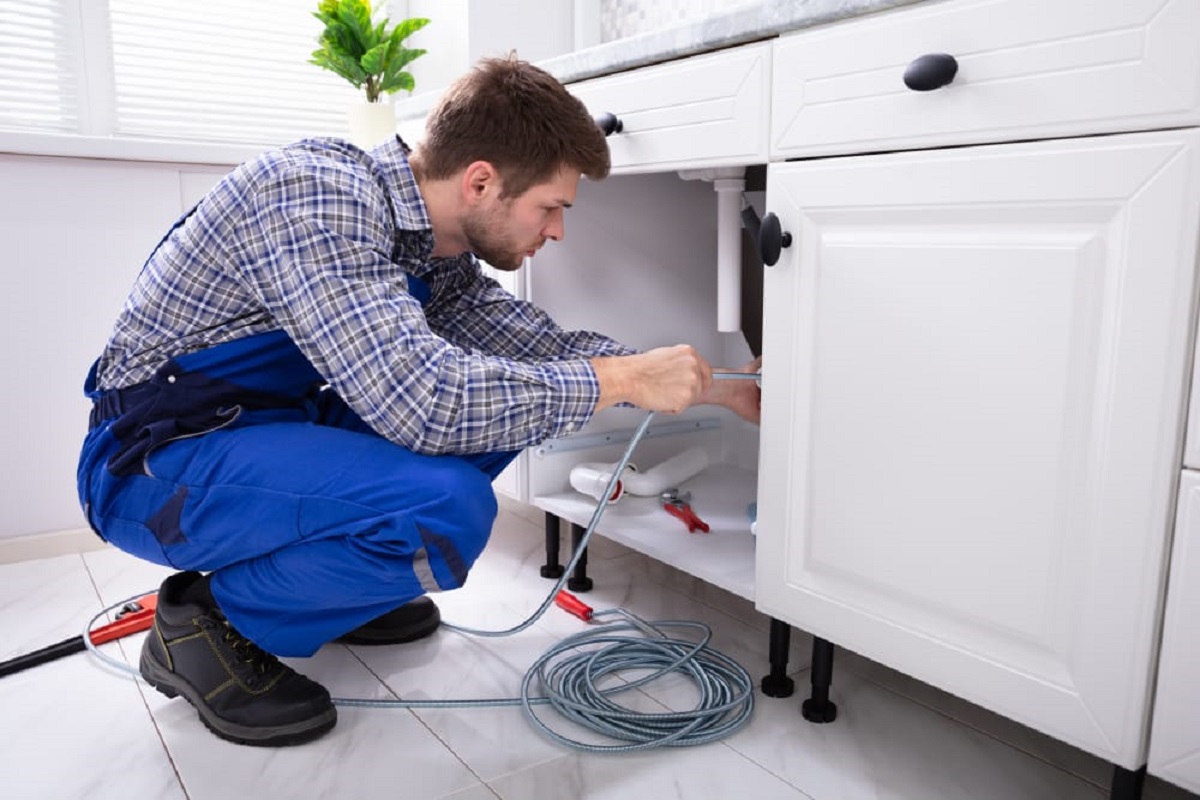
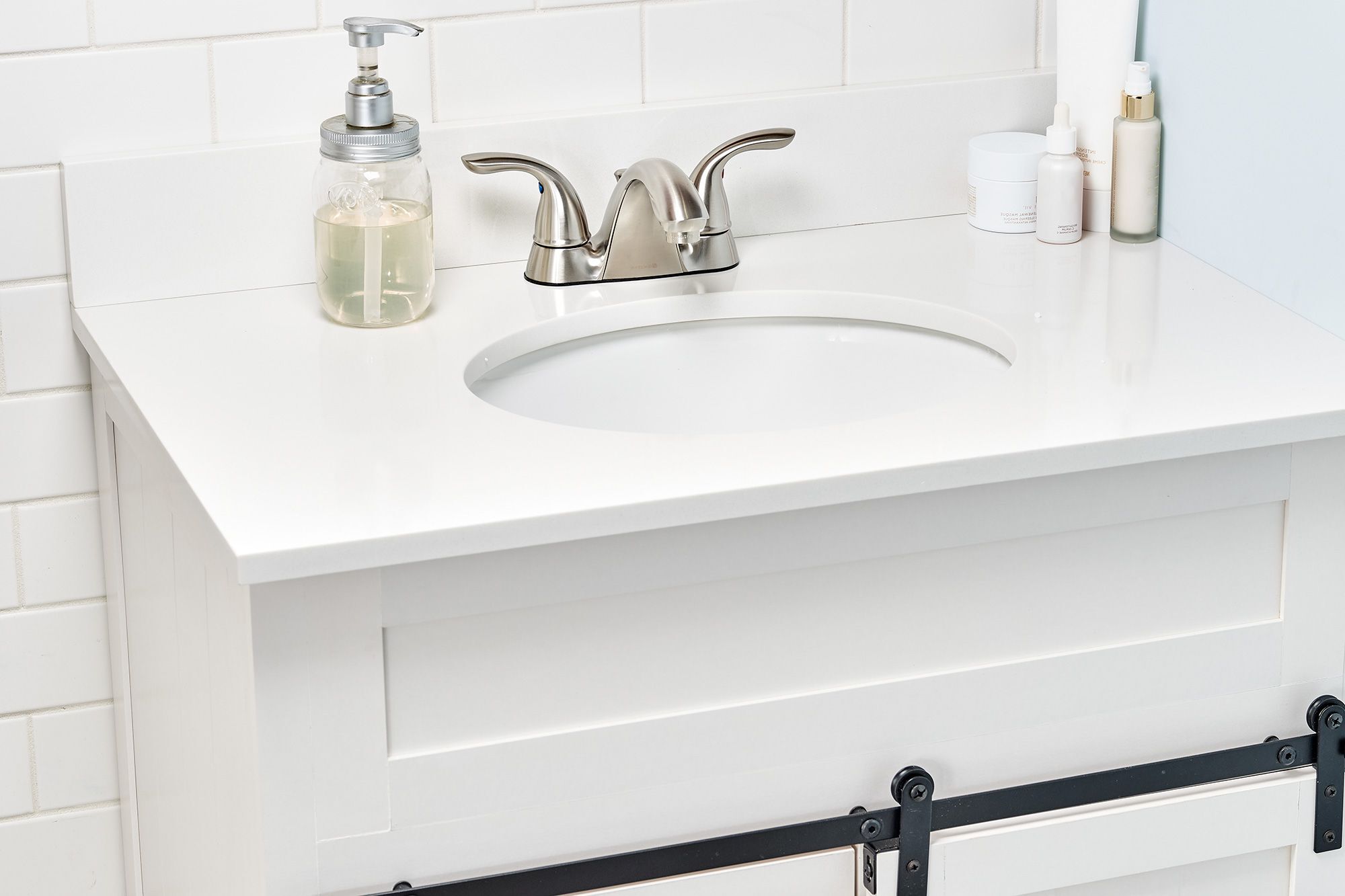
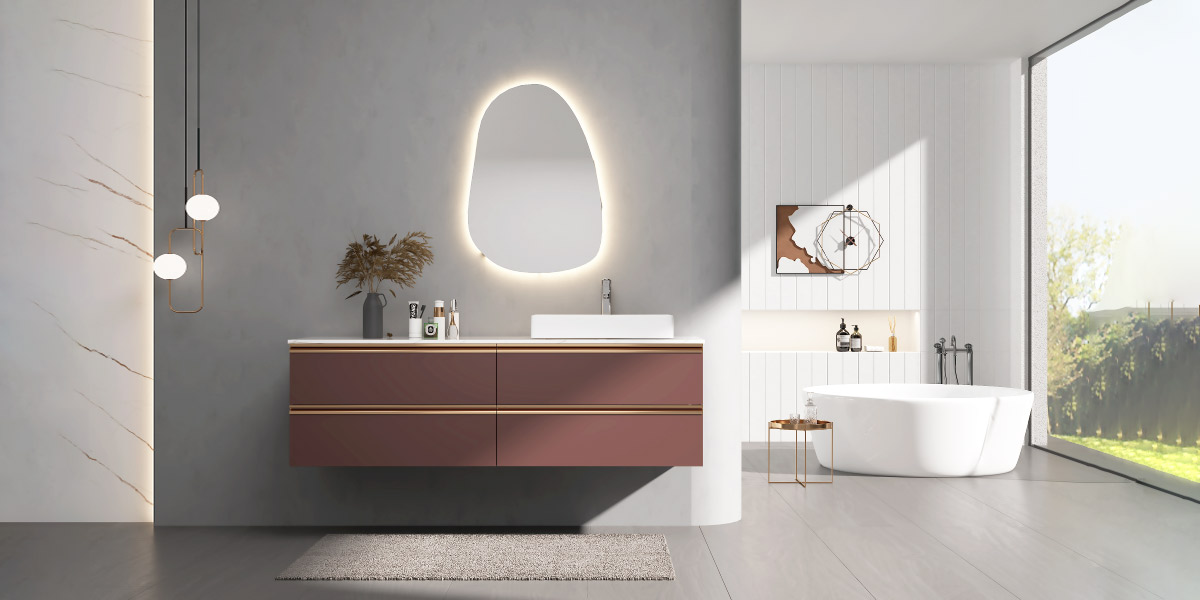
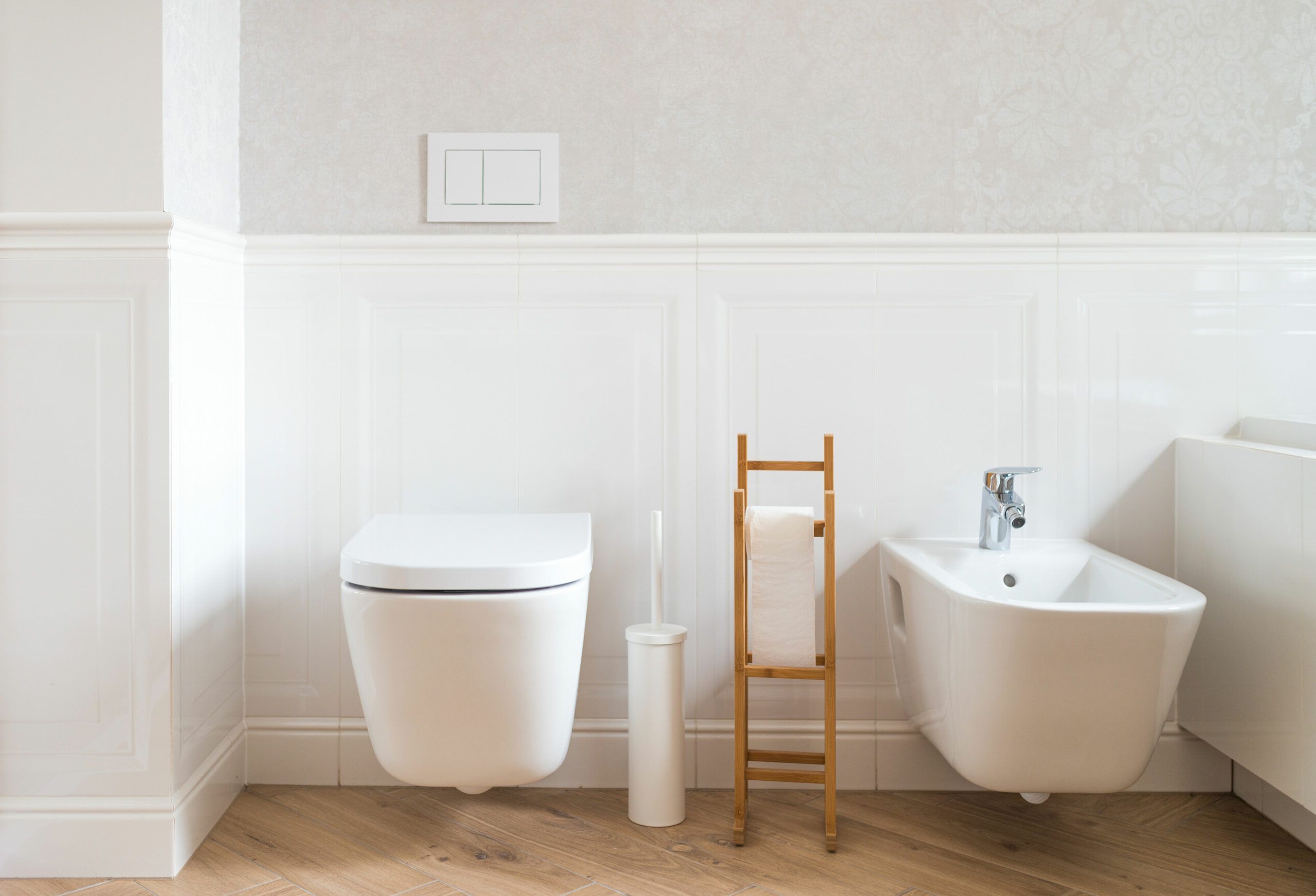
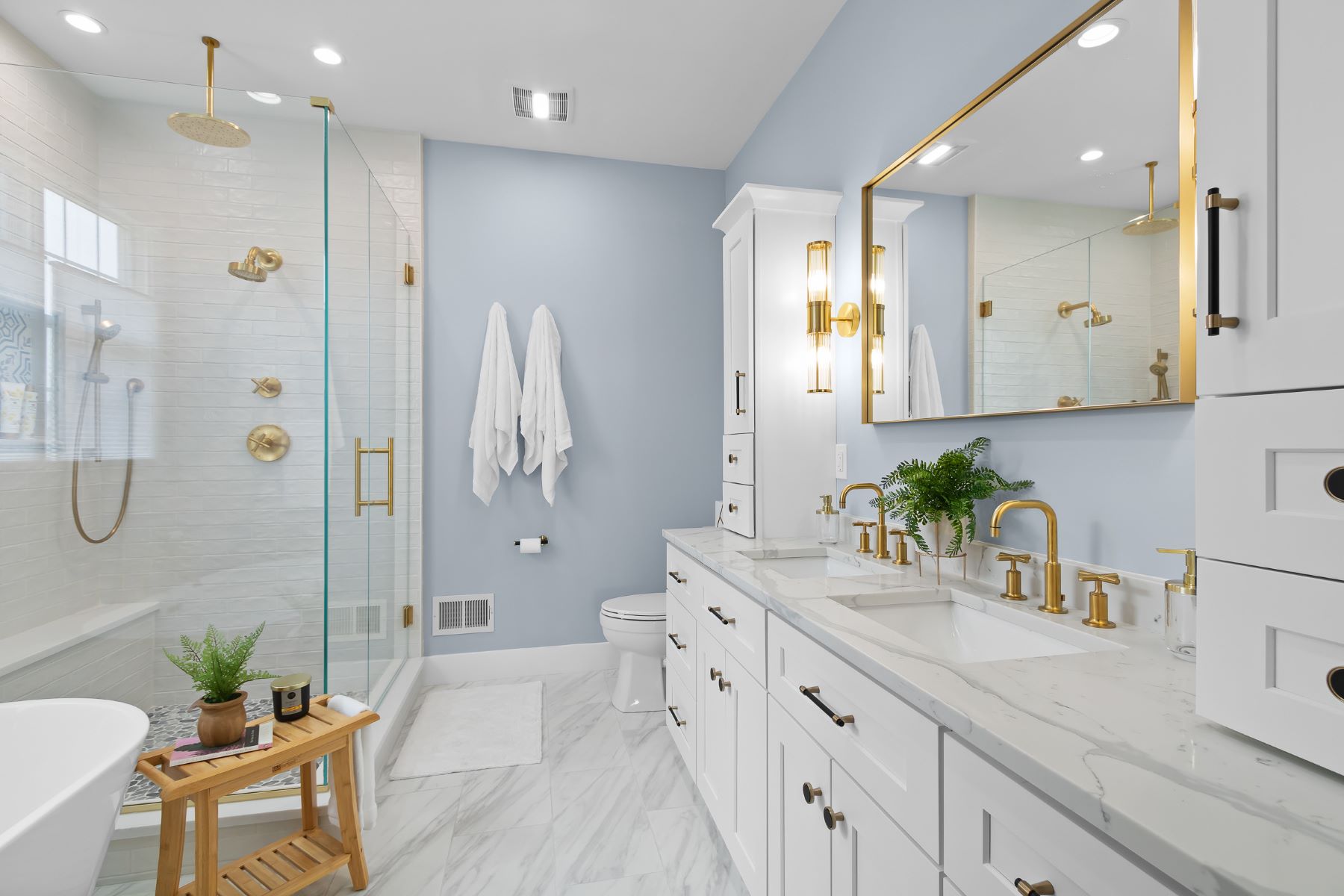

0 thoughts on “Floating Vanity Installation Modern Bathroom Upgrade”